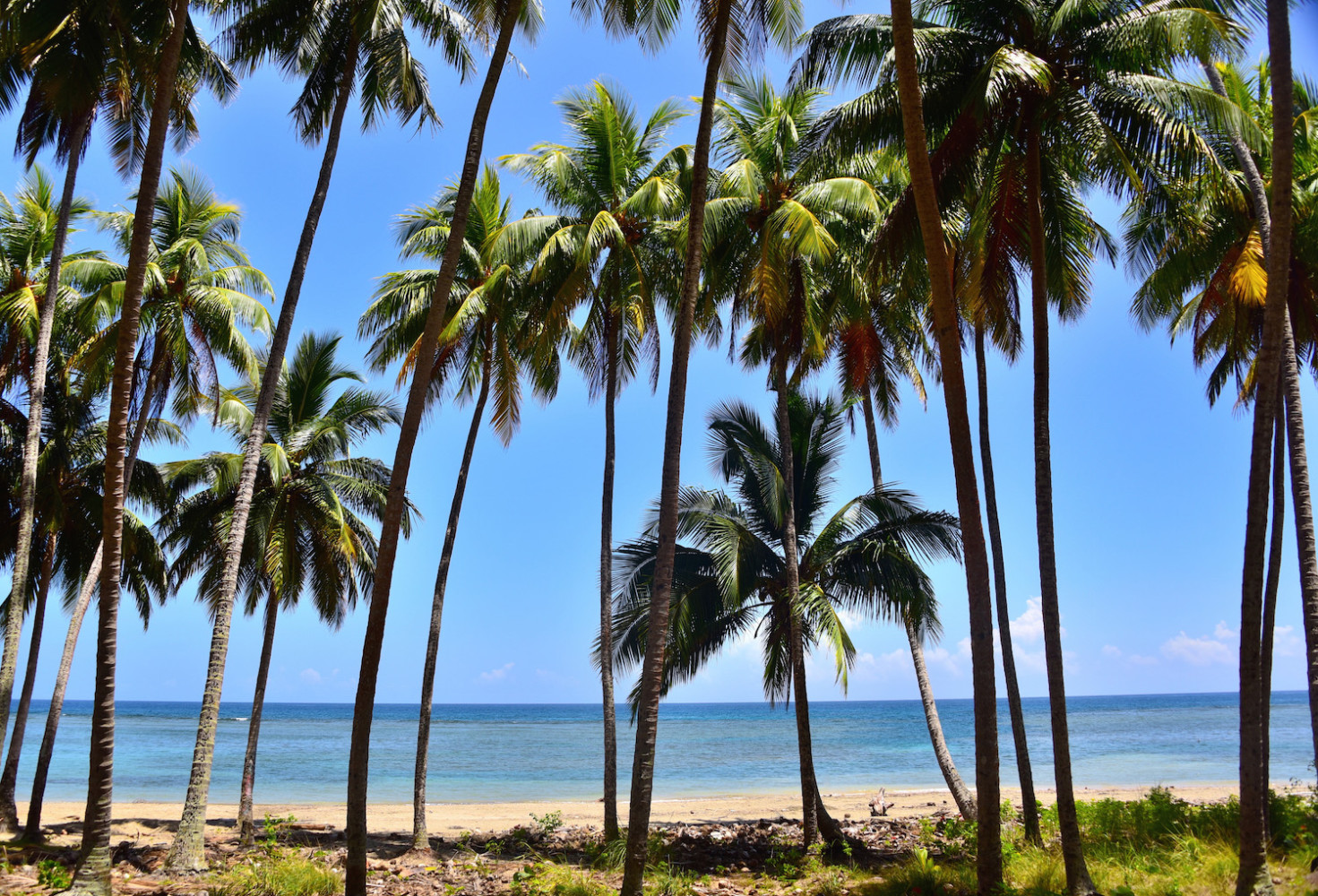“Quieres hacer un foto aquí?” The driver stopped the car in front of Baracoa’s very own secadera de madera.
Dora and I looked at each other, then I answered. “No, gracias.” I placed my hand on the back of his seat, then continued, a bit more emphatically this time. “Ahora, preferemos ir directamente a la playa.”
“Claro,” he pressed the gas, although not very hard – road conditions aren’t the best near the eastern tip of Cuba.
Pepino, who said he was a personal friend of Sonia, the woman who manages our casa particular in Baracoa, was clearly trying to act as more of a tour guide than a chauffeur as we sped – as much as you can around these parts – toward Playa Manguana.
While I won’t deny that my eagerness to reach the beach contributed to my lack of patience, the fact is that I generally don’t like tour guides.
Actually, that’s too harsh – I respect the tour guide profession and indeed, the fact that many travelers find their services indispensable. I just don’t like it when their bullshit rants of facts I could find on Google in a few seconds prevent me from discovering a destination on my own terms.
I mean, it’s possible at least one of the other bloggers on my May trip to Turkey enjoyed being lectured for an hour inside the unremarkable “cave city” we visited in the Cappadocia region. Or perhaps I was just being dramatic when I asked my guide in Israel in April not to visit anymore archaeological sites as we arrived at our third in as many days.
Pepino, to be sure, was hardly so overbearing in his descriptions, his bizarre choices of local sights notwithstanding. I was half-expecting him to suggest a visit to Guantánamo Bay, which is a sort-of short distance from here.
And anyway, his words would’ve fallen on deaf ears, had he continued speaking when we finally did arrive on the beaches of Baracoa: This place definitely needs no introduction.
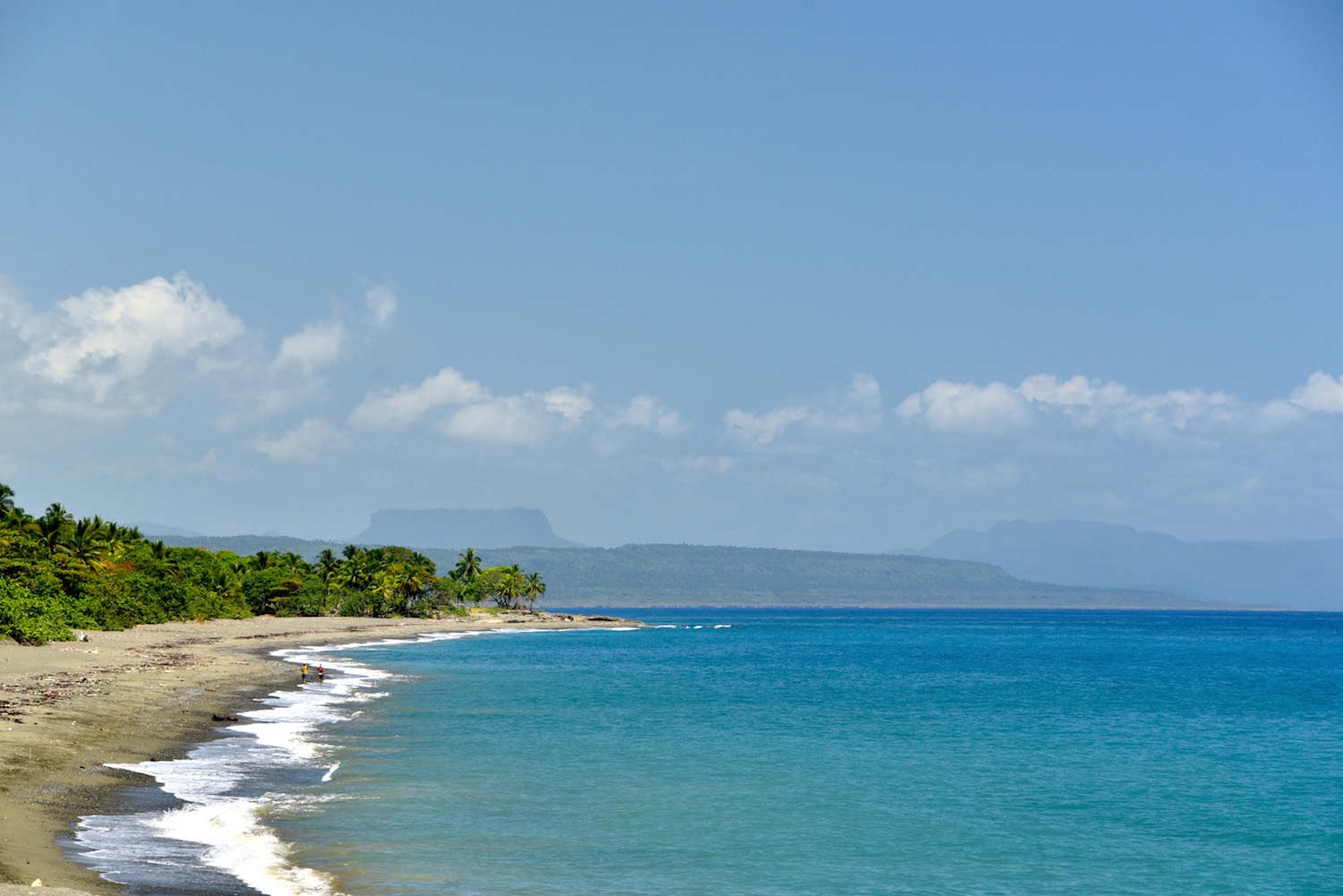
My trip is almost over, and I’m starting to slip into the strange territory between devastation and relief, when you’re not sure if the prospect of sleeping in your own bed outweighs the daily experiences that remind you what it means to travel, to be human, to be alive. When I spied the waters of Playa Manguana through the palms that separate it from the road, well, let’s just say my bed was the furthest thing from my mind.
Dora and I stepped onto the sand during that magic hour of mid-morning, when the sky has turned a deep enough shade of blue that you can appreciate how fluorescent the turquoise water is, yet when the sun is low enough in the sky that you can appreciate the subtle spectrum of greens each palm frond displays as it glistens.
It’s the sort of light that puts me nearly into a trance as a photographer, as I frantically snap and frame and compose and adjust until I’ve gotten a spate of excellent shots, then critique, delete and re-take all of them, with one magazine-worthy shot in total if I’m lucky.
“Sí,” I said to the mother-daughter team of beach vendors – I wasn’t sure which one had spoken to me – who shoved a plate of honey-covered almonds in my face literally the moment I set up my tripod to take some selfies. I handed them a three-peso note. “Gracias.”
“Quieres almorzar en el restaurante de nuestra hermano?” They asked, neither offering change for my purchase, not specifying how many the amount I gave them would buy.
“Estoy ocupado ahora,” I explained as I clicked my remote button, then attempted to mask how annoyed I was in the two seconds it took for my shutter to fire. “Pero es possible.”
Naturally, my explanation wasn’t good enough for them – no answer but yes is ever good enough for people who push products and services on idyllic beaches in developing countries – but after a few minutes, my silence spoke for itself.
Maybe my bed won’t be so bad, I thought, and resumed my work.
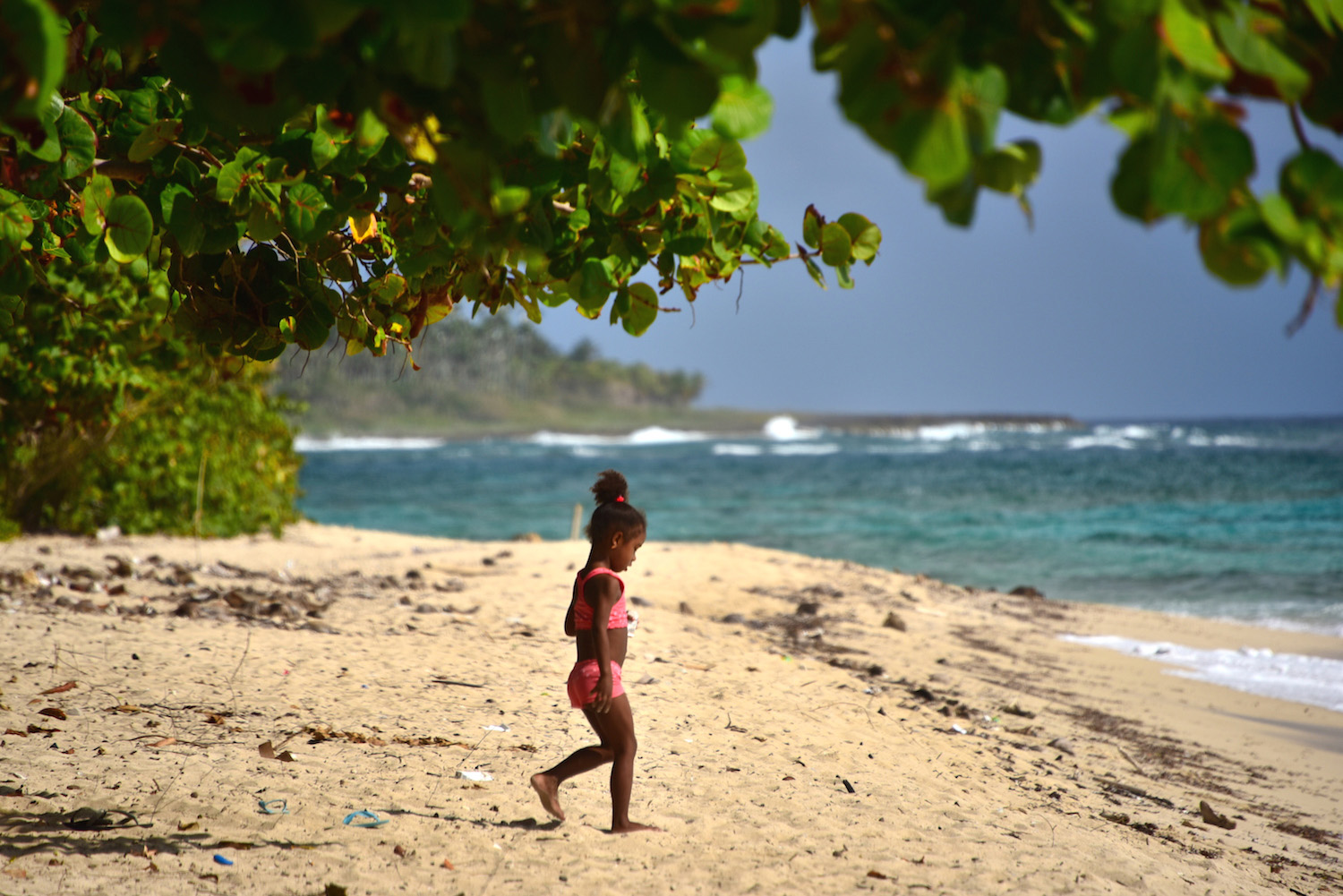
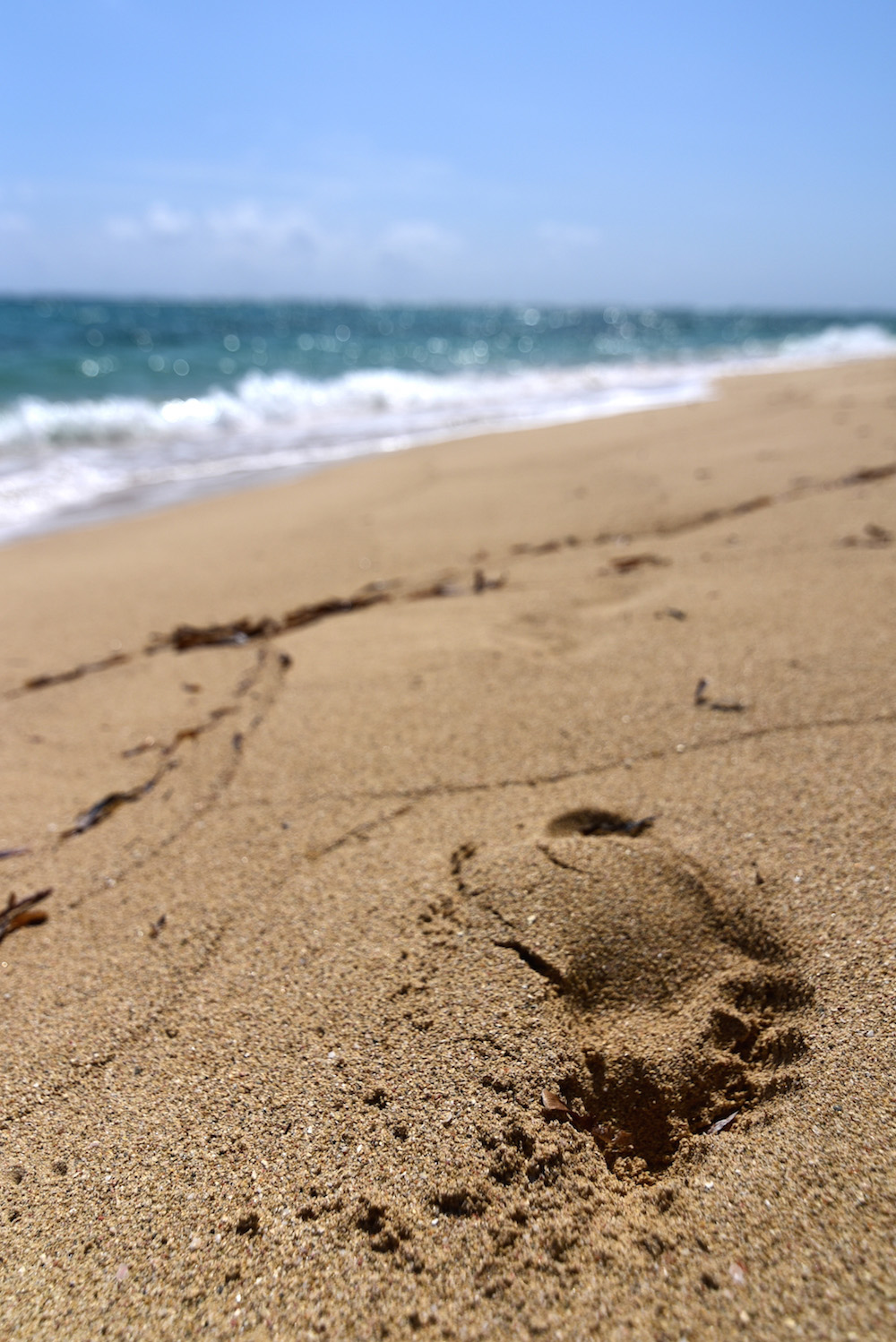
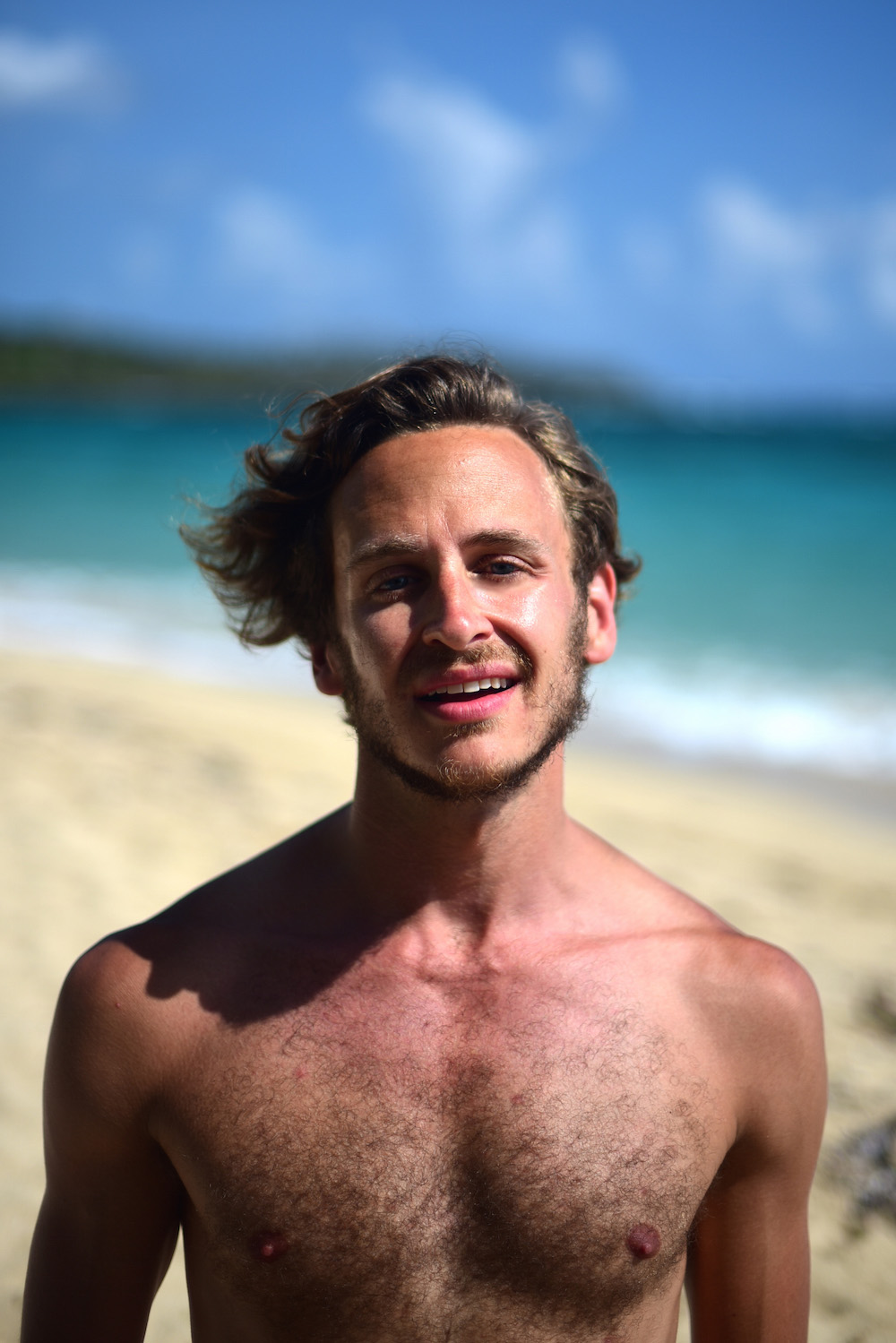
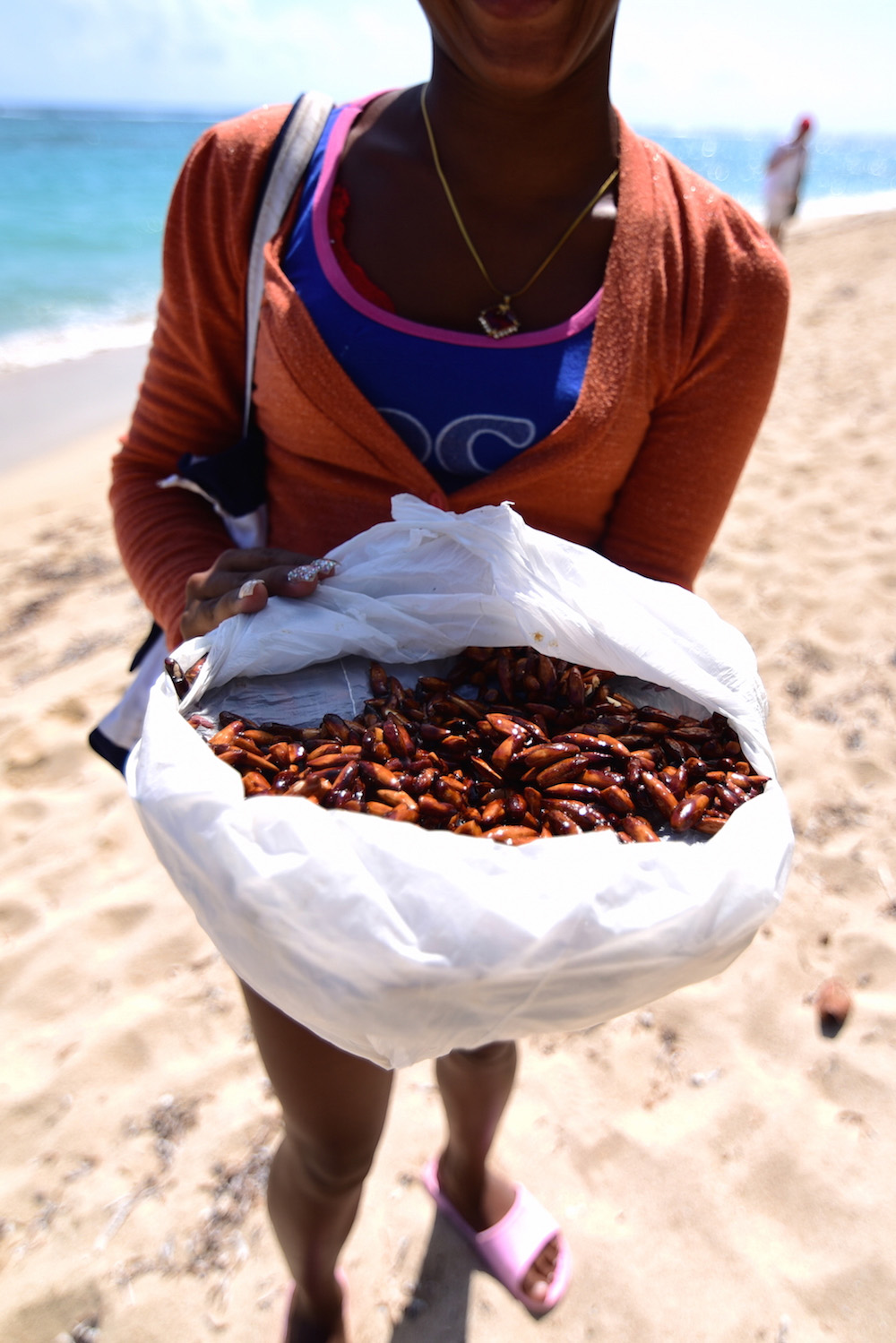
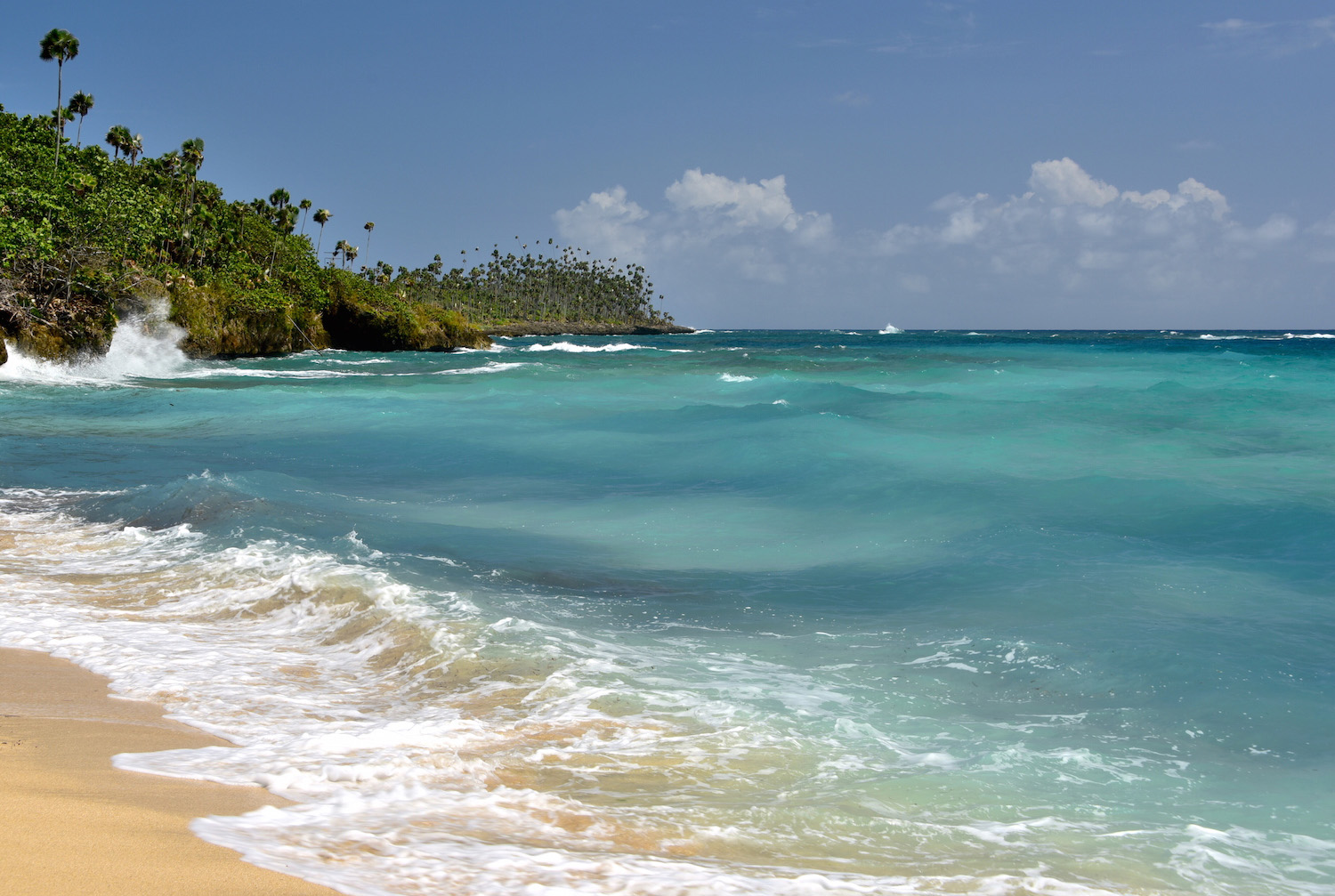
“I think that’s the guy who asked me,” Dora said as we approached the hut, which aside from its bright pink color was indistinguishable from the half-dozen or so others underneath the palm forest just back from the beach. “The first one, I mean – I lost track of how many people asked me to have lunch at their restaurants.”
I did my best to avoid making eye contact with the other restaurateurs, who were also beckoning us to eat with them. “I would hope they’re in some kind of revenue-sharing program, given how much they’re competing for so few customers.”
“It’s whatever,” Dora sat down as the man – I guess he was the right one? – pulled out her chair and set a menu down in front of her. “This beach is so amazing I almost don’t care.”
I laughed. “It’s definitely no Cayo Jutias.”
Dora lifted her leg up to show her lingering sand-fly bites. “Thank God for that.”
Just then, the waiter approached. I’d intended to order the grilled fish but not surprisingly, he up-sold me to the lobster.
For a bunch of communists, I unfolded my napkin, These people sure do know how to hustle.
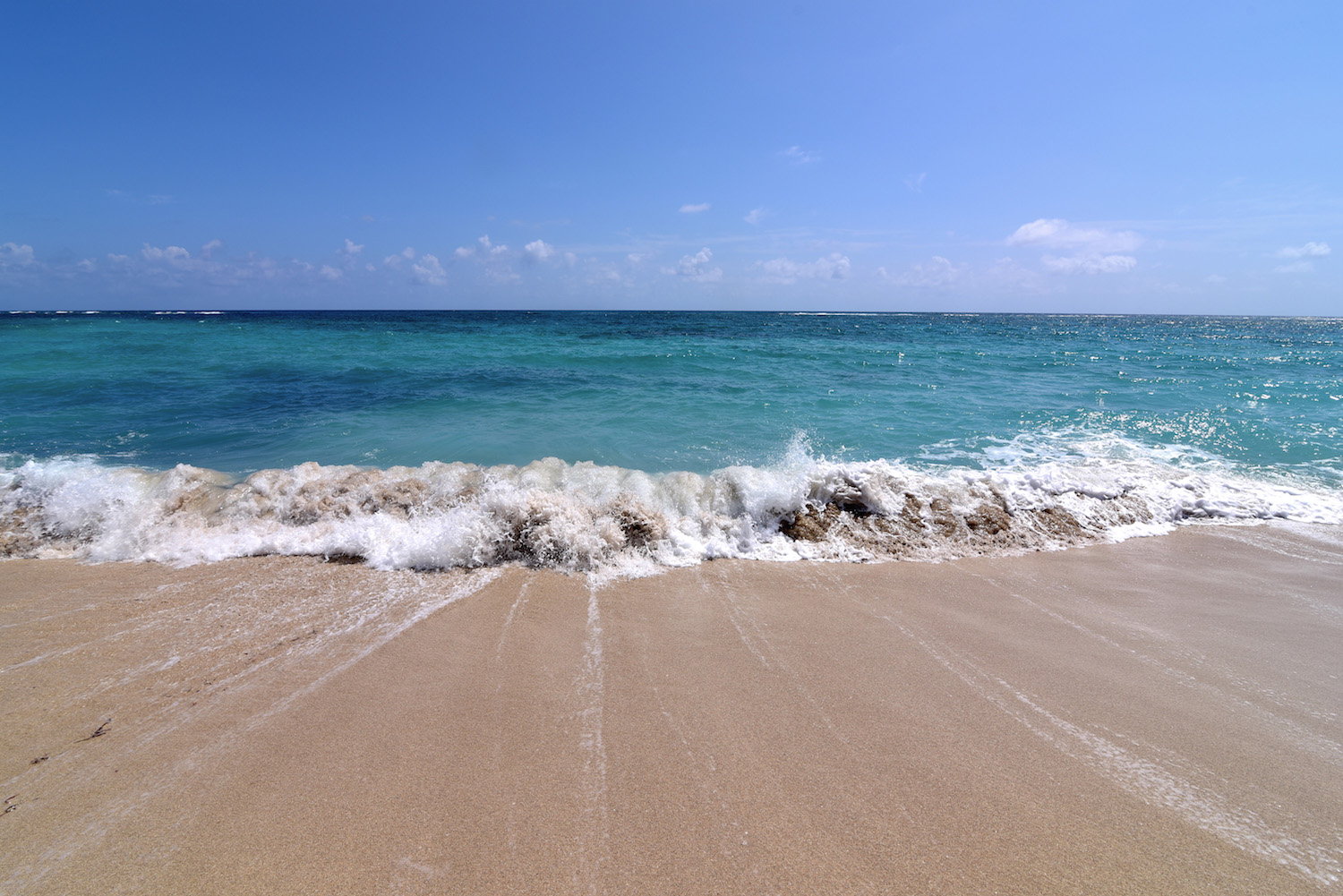
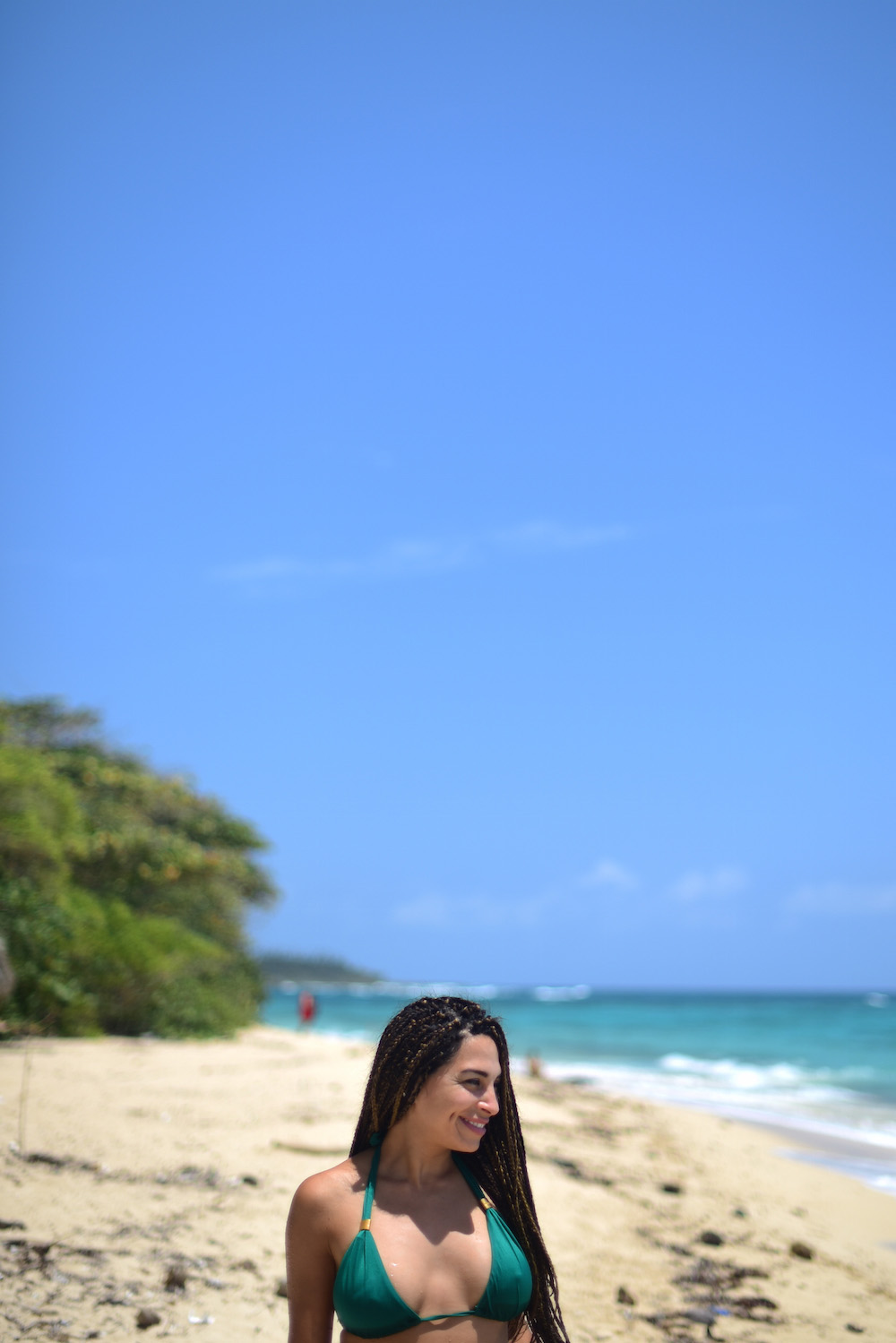
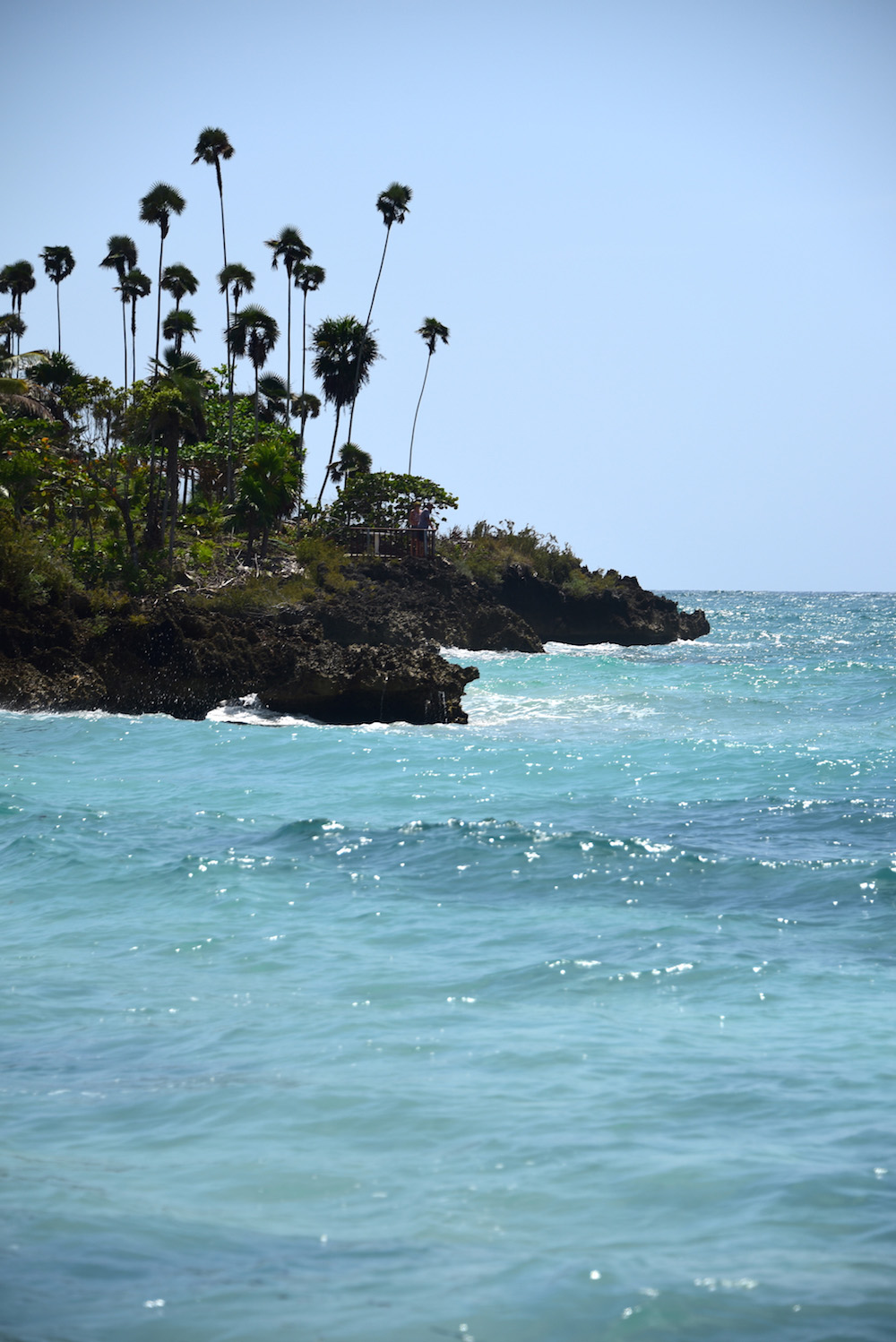
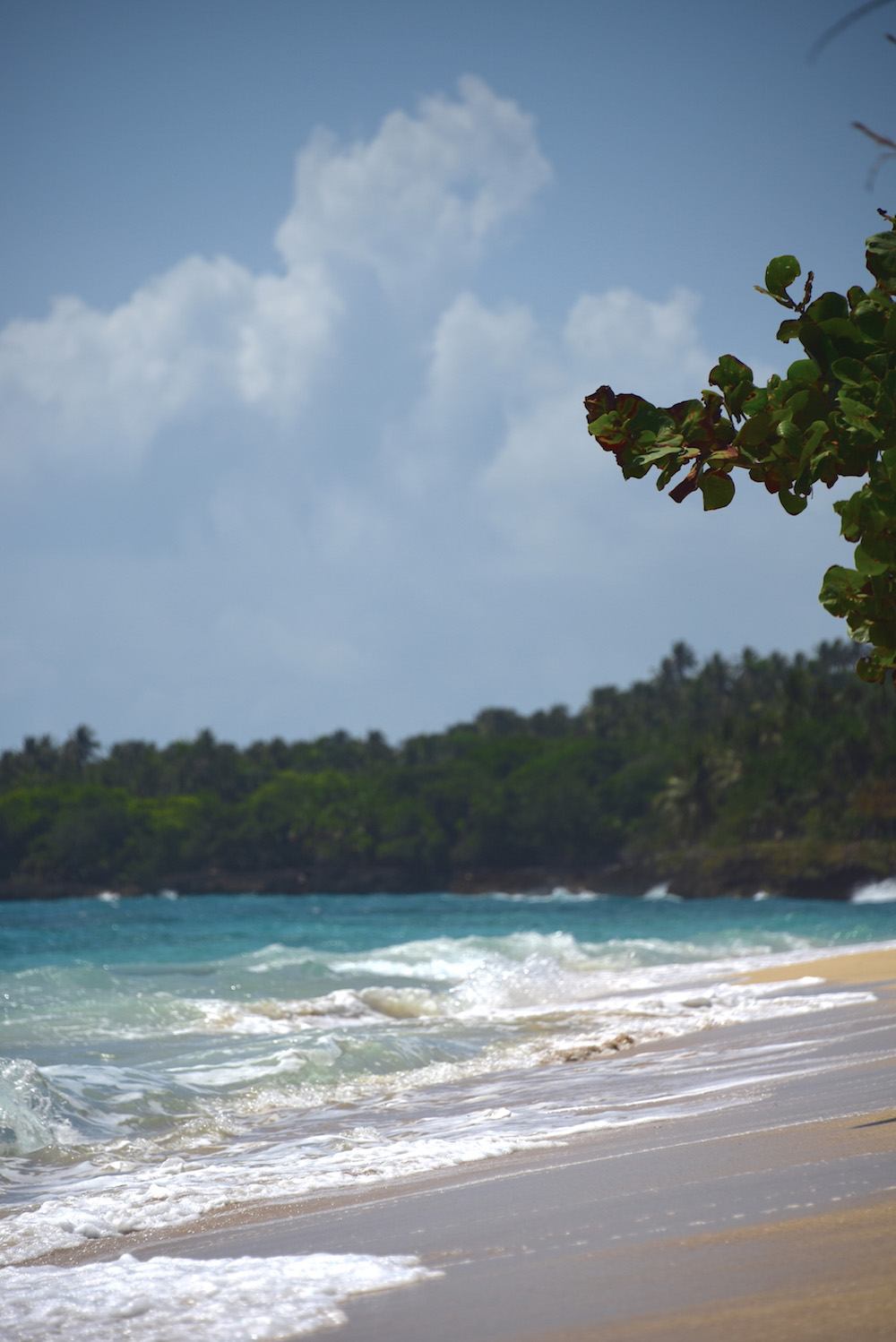

We had wanted to head directly back to our casa after the beach, but Pepino had other ideas.
“Esta es un finca de cacao,” he explained as we parked our car, then walked us inside to explore the farm.
I say “farm,” but it appeared to be nothing more than someone’s home, with a table set up to explain the stages of the chocolate-making process. As far as I could tell, only one of the dozens of trees that rose above us was a cacao tree.
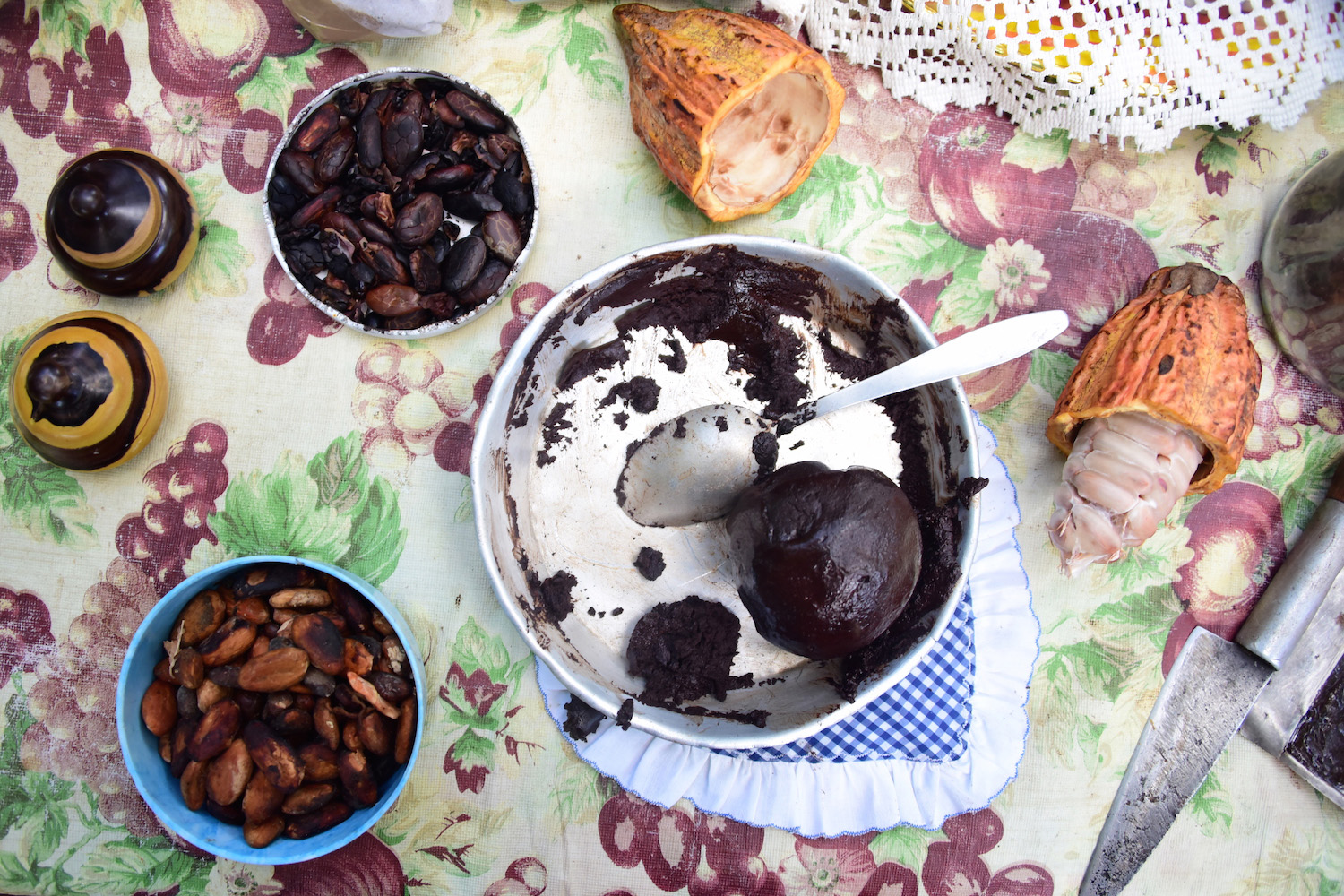
It was boring, but it was innocuous. The elderly woman who explained the process to us, who’d introduced herself only as the “mujer de cacao,” seemed almost reluctant to sell us chocolate, and almost ambivalent about the amount we should pay for it.
“Dos pesos,” She handed me three bars and five bon bons from the plastic bag on the table – not, surprisingly, the chocolate she’d pressed into the mold minutes earlier, presumably for us to eat. “O tres. No es importante para mi.”
I handed her three pesos – in my mind, a reward for her non-demanding demeanor.
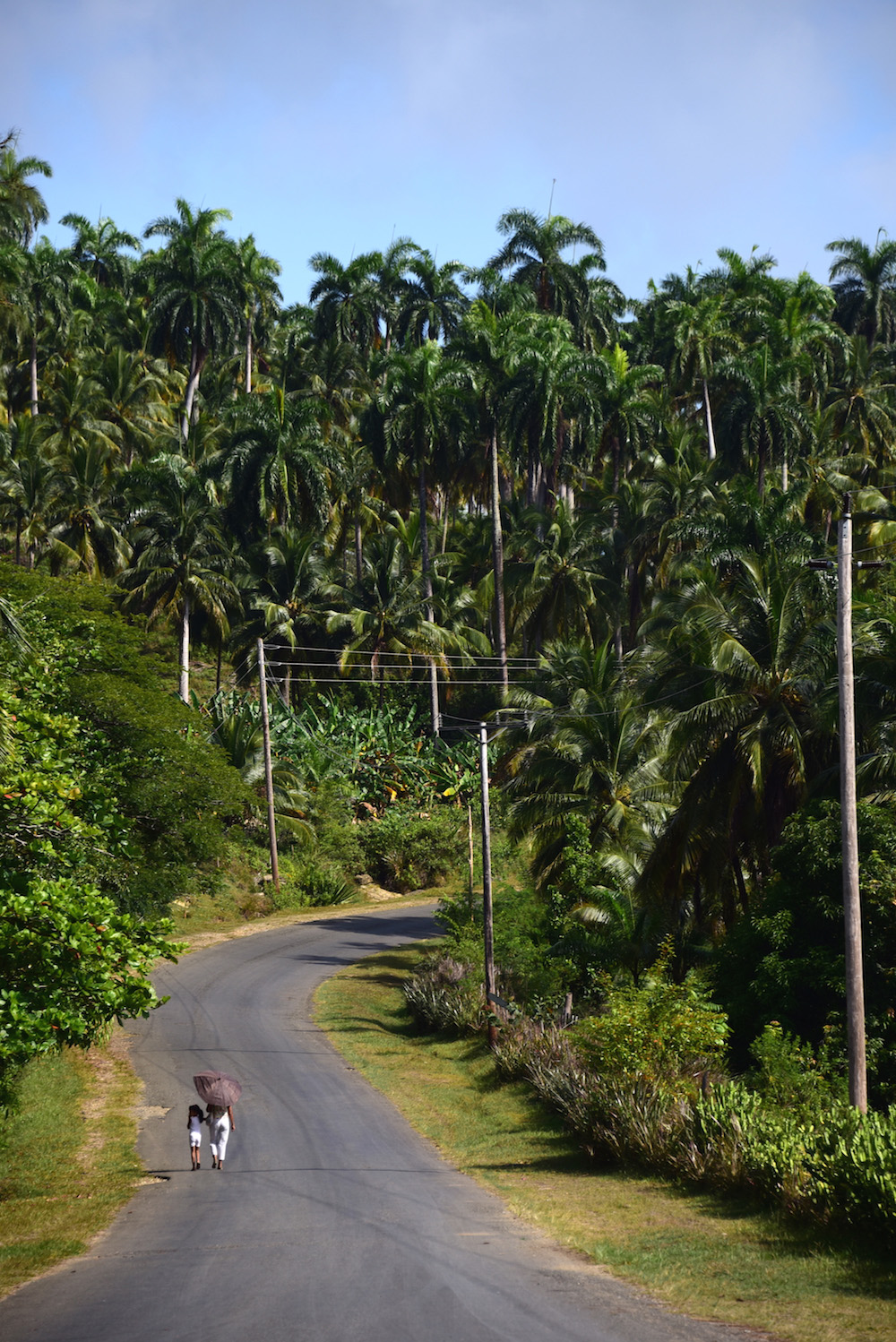
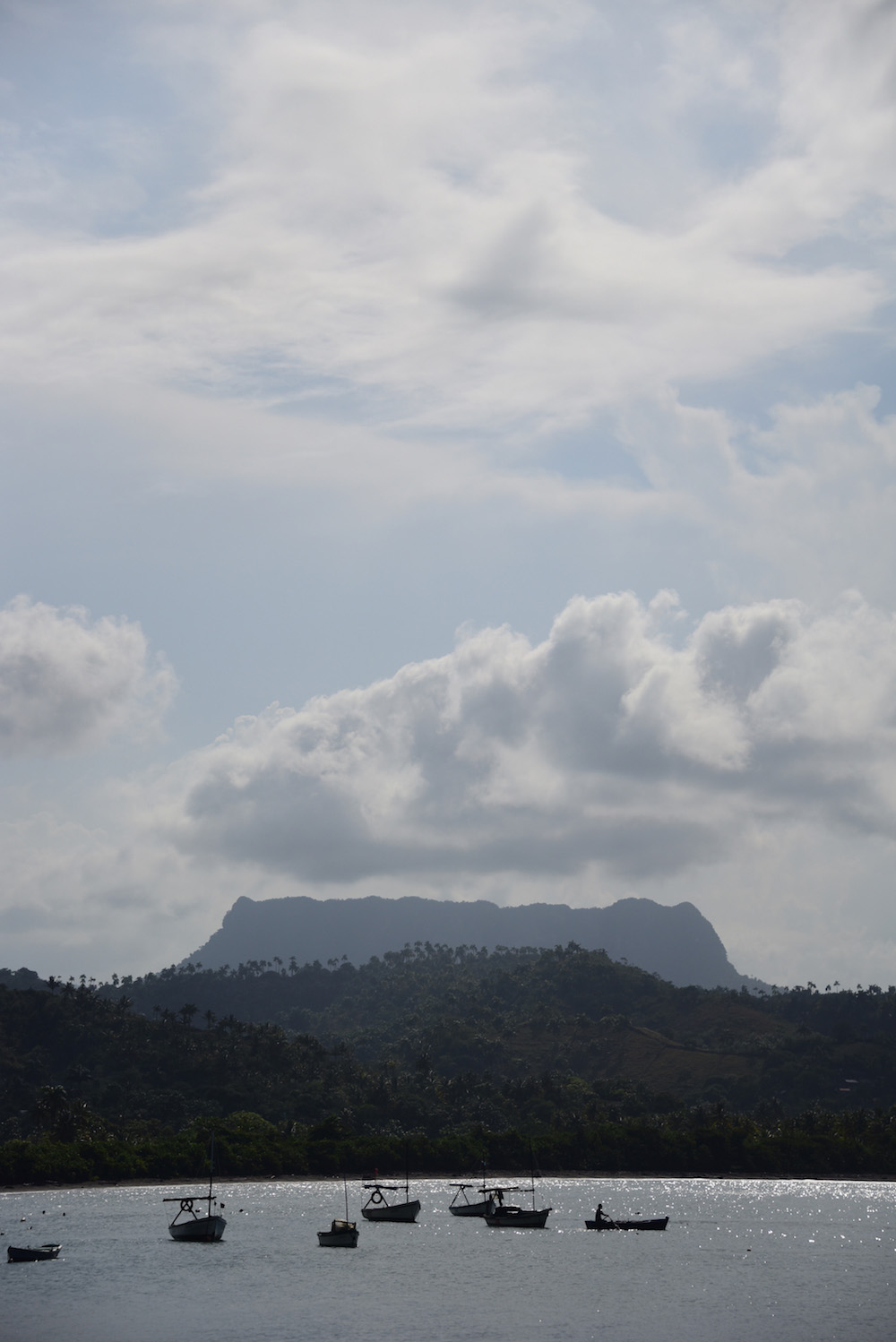
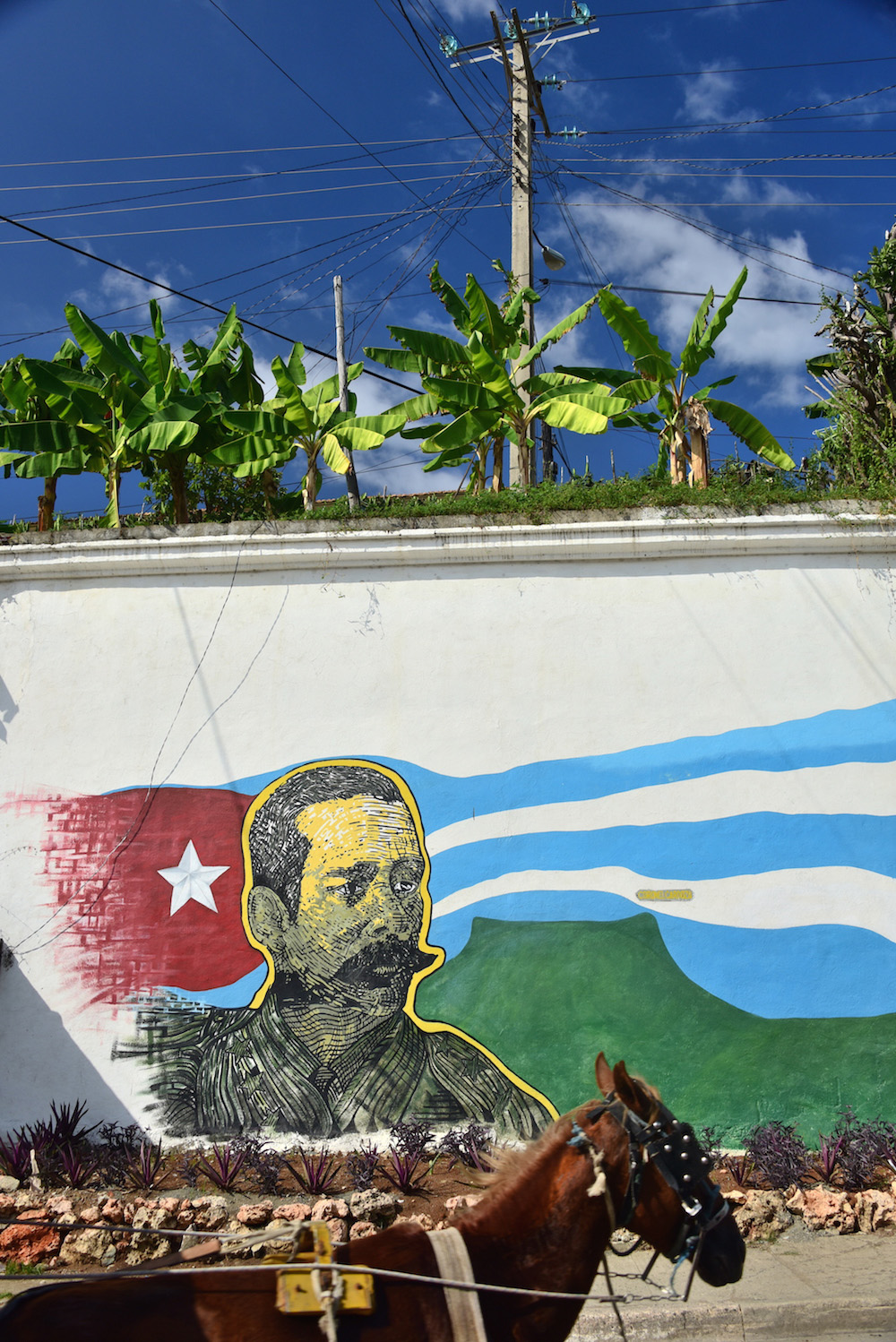
After we finished up at the cacao farm, I explained very specifically to Pepino that we didn’t want to take anymore excursions on our journey home. He obliged, without so much as a question.
“This bodes well for tomorrow,” I handed half of a chocolate bar to Dora, who had just finished confirming with Pepino the details our visit to Boca de Yumuri, another of the region’s most famous beaches, the next day. “Our driver is the one man in Baracoa who’s not a hustler.”
Dora laughed as the car sped back toward town. “I wouldn’t say that too loud.”

Pepino arrived at our casa the next morning at 9, just as he’d promised, and just as he’d done the day before, started the day by stopping at a superfluous roadside attraction.
“Esa es un finca de miel,” he explained, then pointed to a truck full of beekeepers (and, naturally, bees).
As Dora had a cigarette on the side of the road, I tried to practice my Spanish by engaging Pepino in a conversation about the mass deaths of bees around the world and the widespread belief that Monsanto (and companies like it) bears responsibility for it.
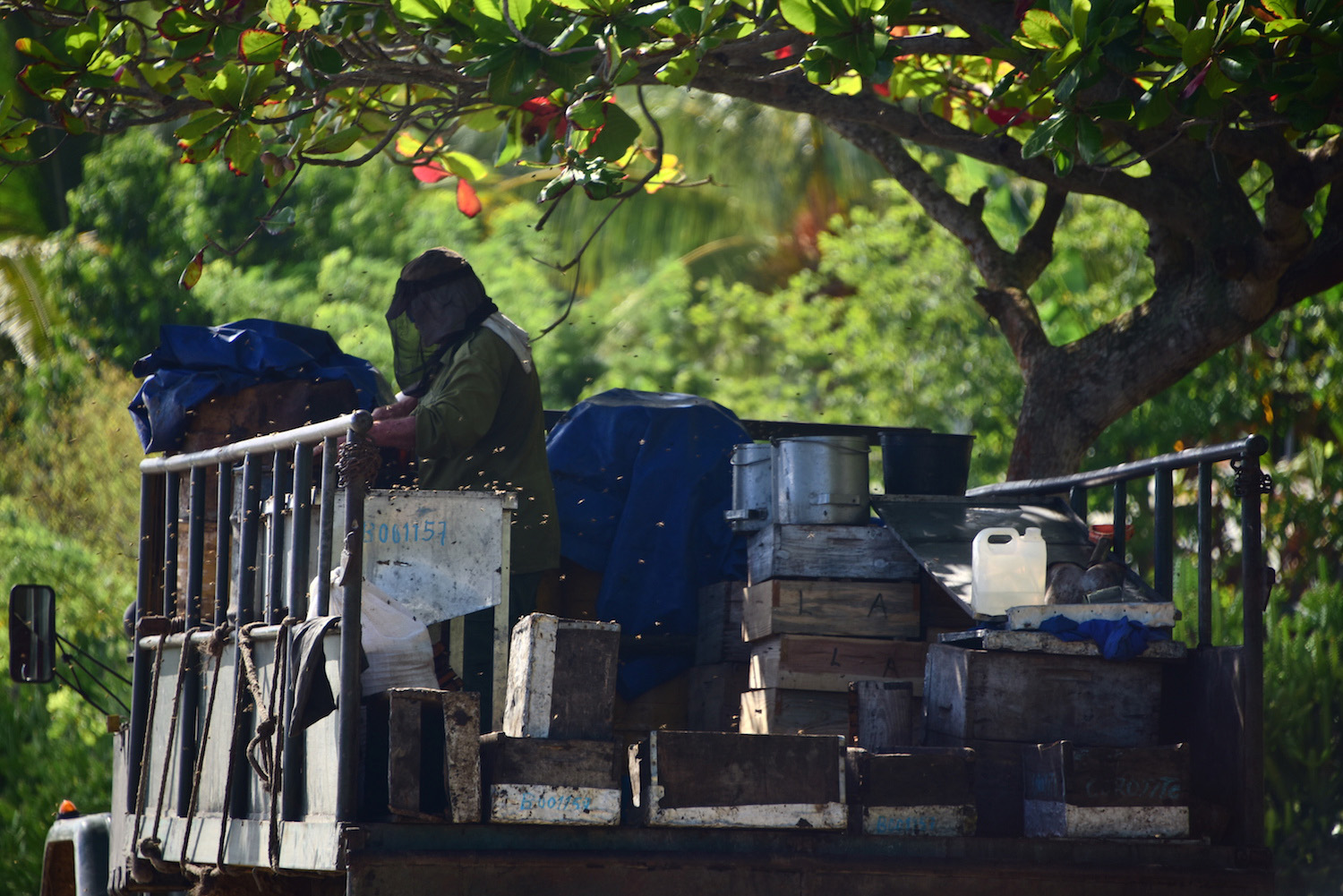
But it fell on deaf ears. “Monsanto?” Pepino asked with a puzzled face. “No conozco.”
You will one day soon, I laughed to myself, and imagined how little time Monsanto would waste in establishing a Cuban presence once the embargo was lifted.
I imagined what Baracoa would look like once average American tourists learned about it, and once regular enough flights served its airport that a day-and-a-half bus journey from Havana wasn’t necessary to get here.
Then, of course, I stopped laughing.
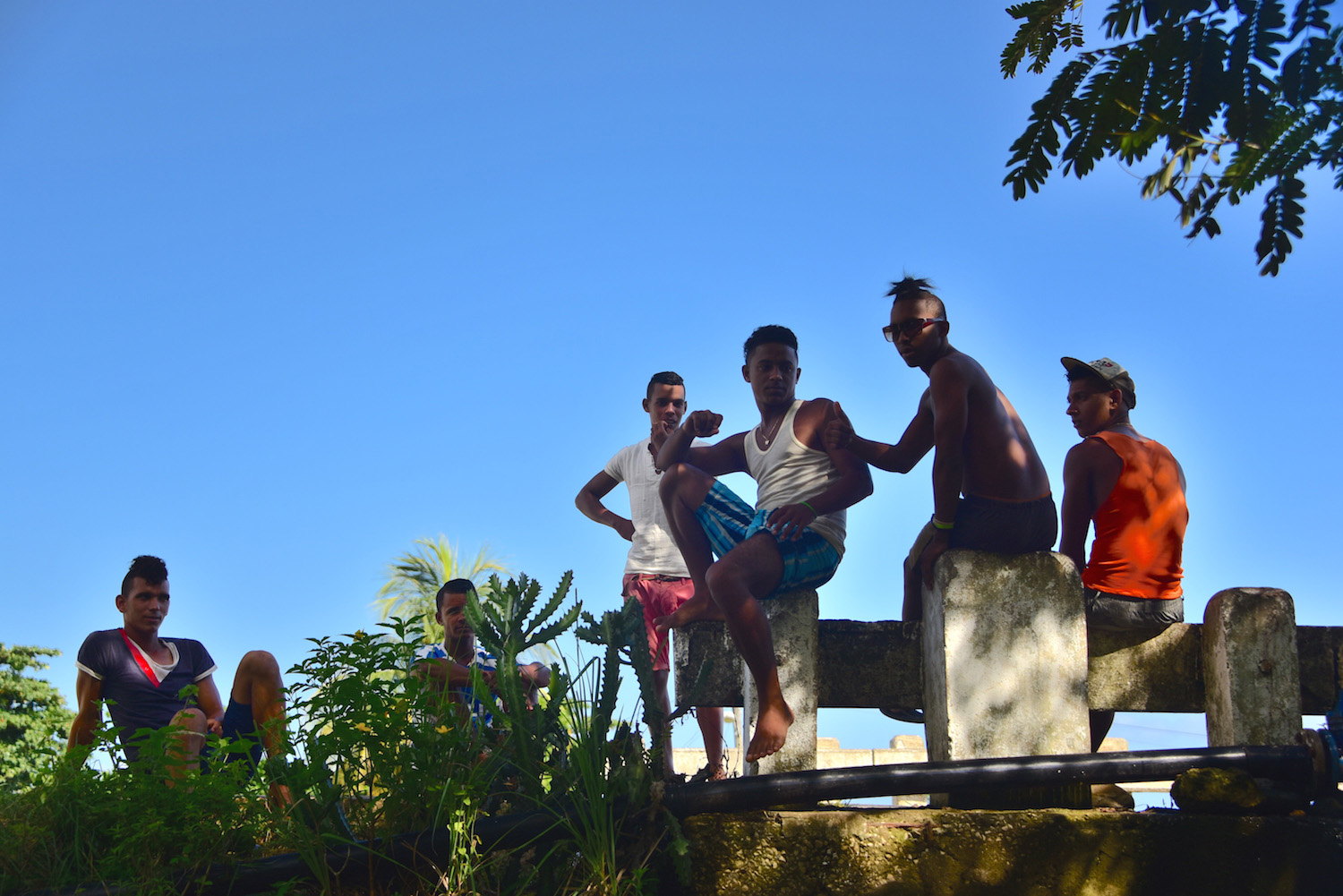
“I wonder what those cuties are doing here?” I asked Dora as we made our way toward the boat dock at the mouth of the Yumiri river – Boca de Yumiri, for which the nearby beaches are named.
“They’re probably just enjoying the view,” Dora said, and pointed to the dramatic cliffs that rose above the river as it moved inland, where it seemed our boat would be going – Pepino had never clearly told us what our excursion would entail.
Only the price: Three dollars per person, per direction in the boat, with a guide fee to be negotiated – that should’ve been our warning.
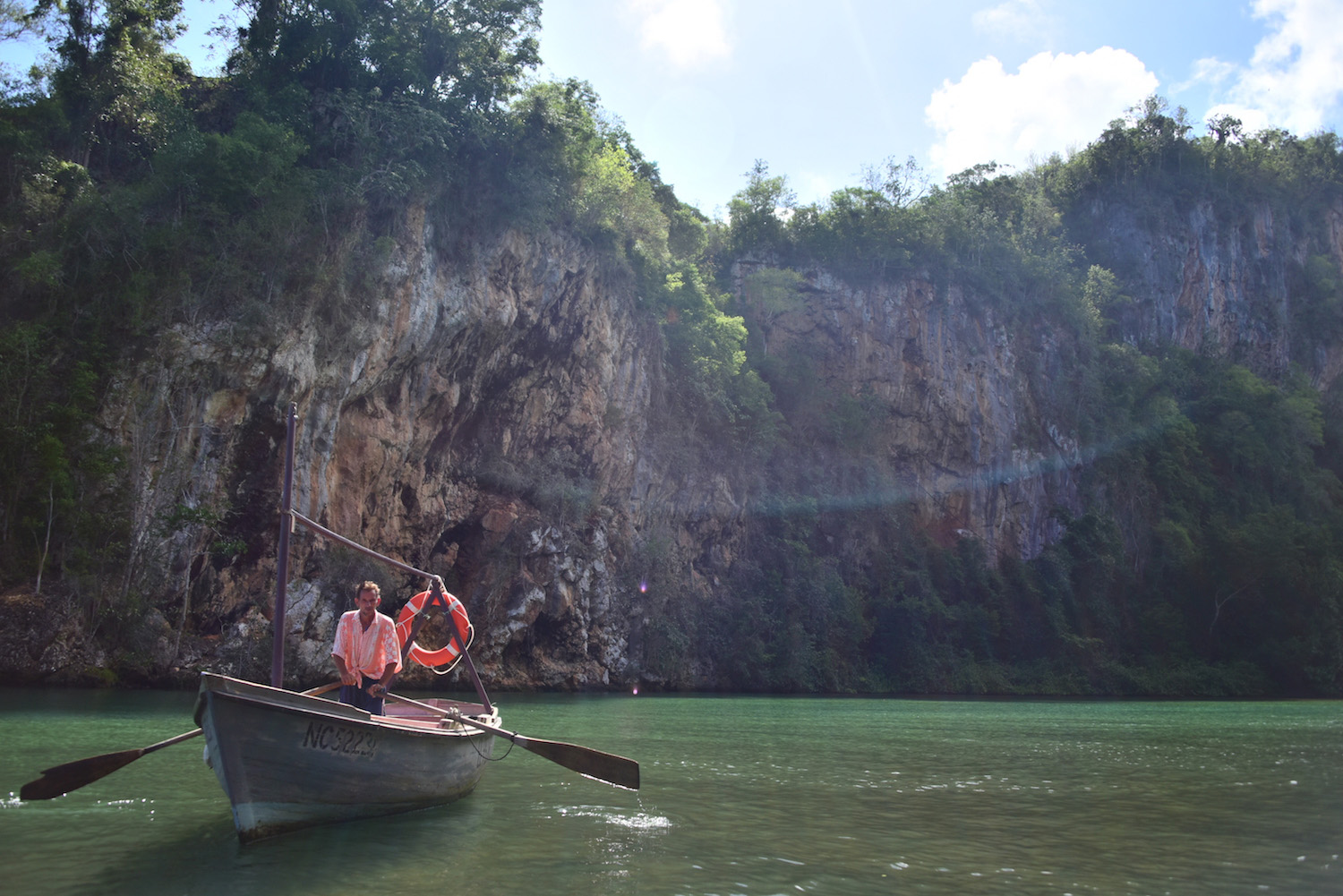

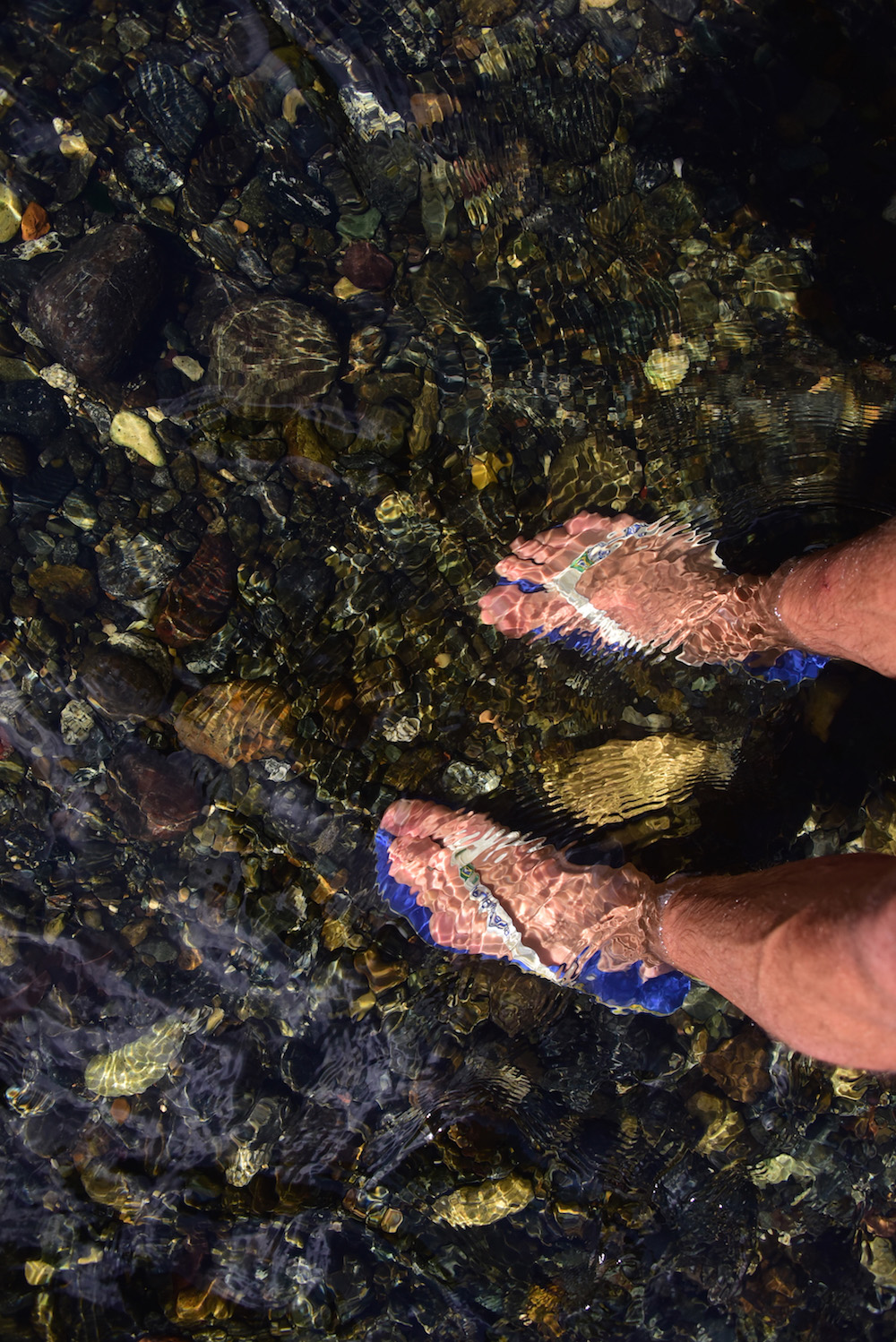
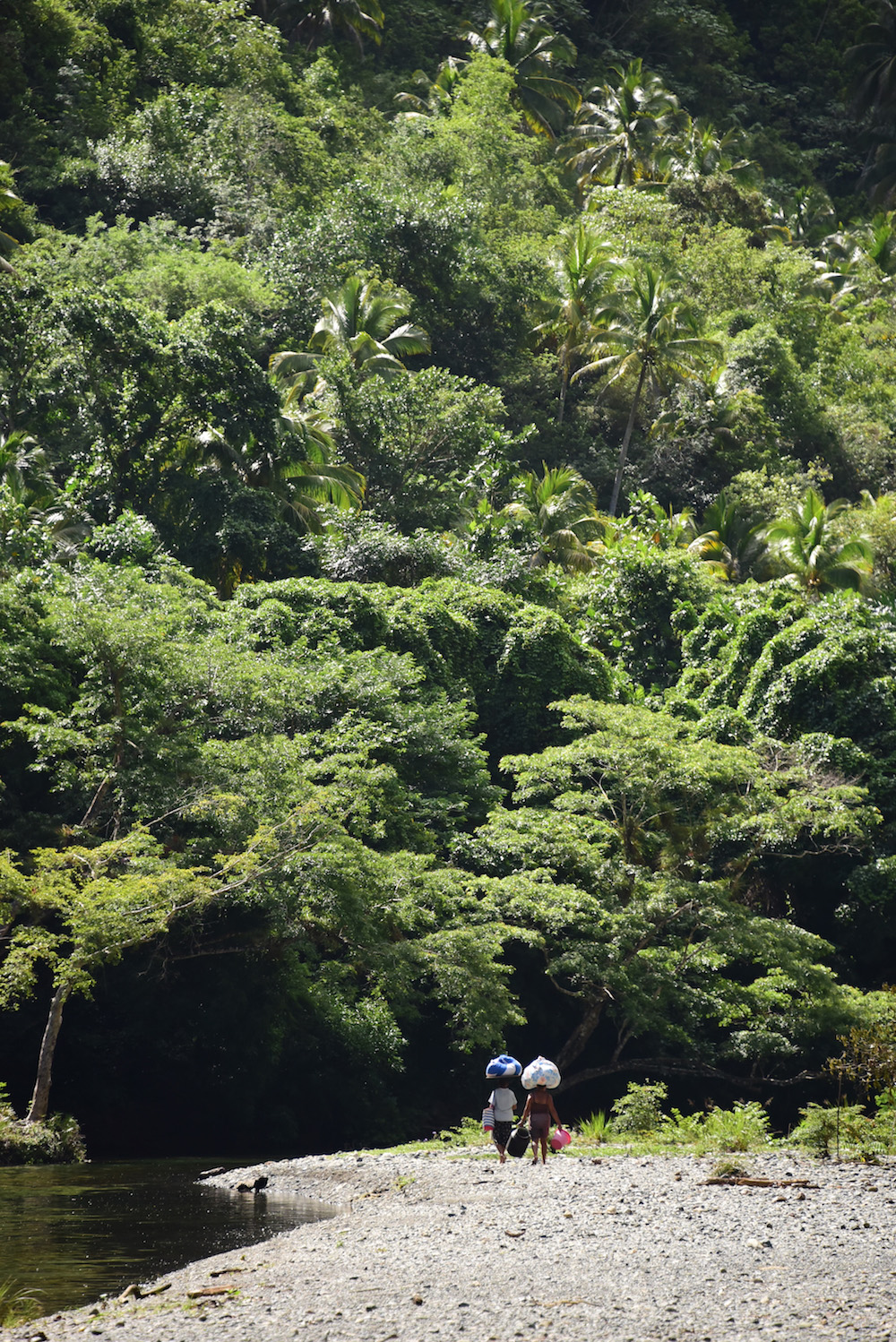

Like our visit to the cacao farm the day before, our boat ride and subsequent landing on a river island seemed like a harmless addition to the beach time that had been the focus of our day.
Our guide, whose name was also Robert(o), introduced us to various medicinal plants and fruit trees as we hiked along the island’s rocky shoreline and stayed out of our way once we reached the swimming spot, chatting with two local women, one of whom had a baby clinging to her.
Just then, I noticed three of the young men from earlier appeared, with large coconuts in tow.
“Quieres tomar un coco fresco?” The cutest one asked, a huge machete in his hand.
It was difficult for me not to swoon visibly, let alone to speak, so I just nodded.


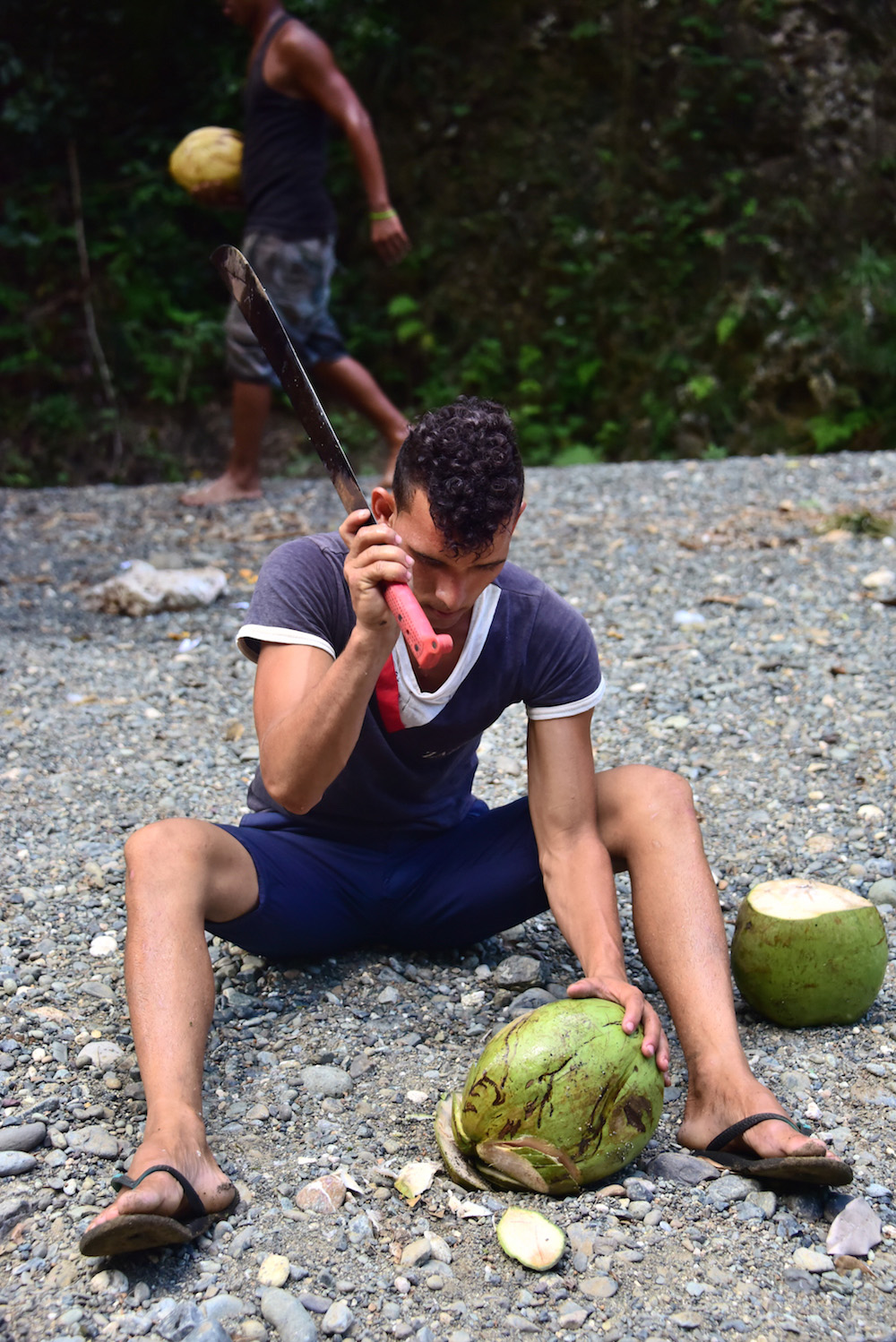
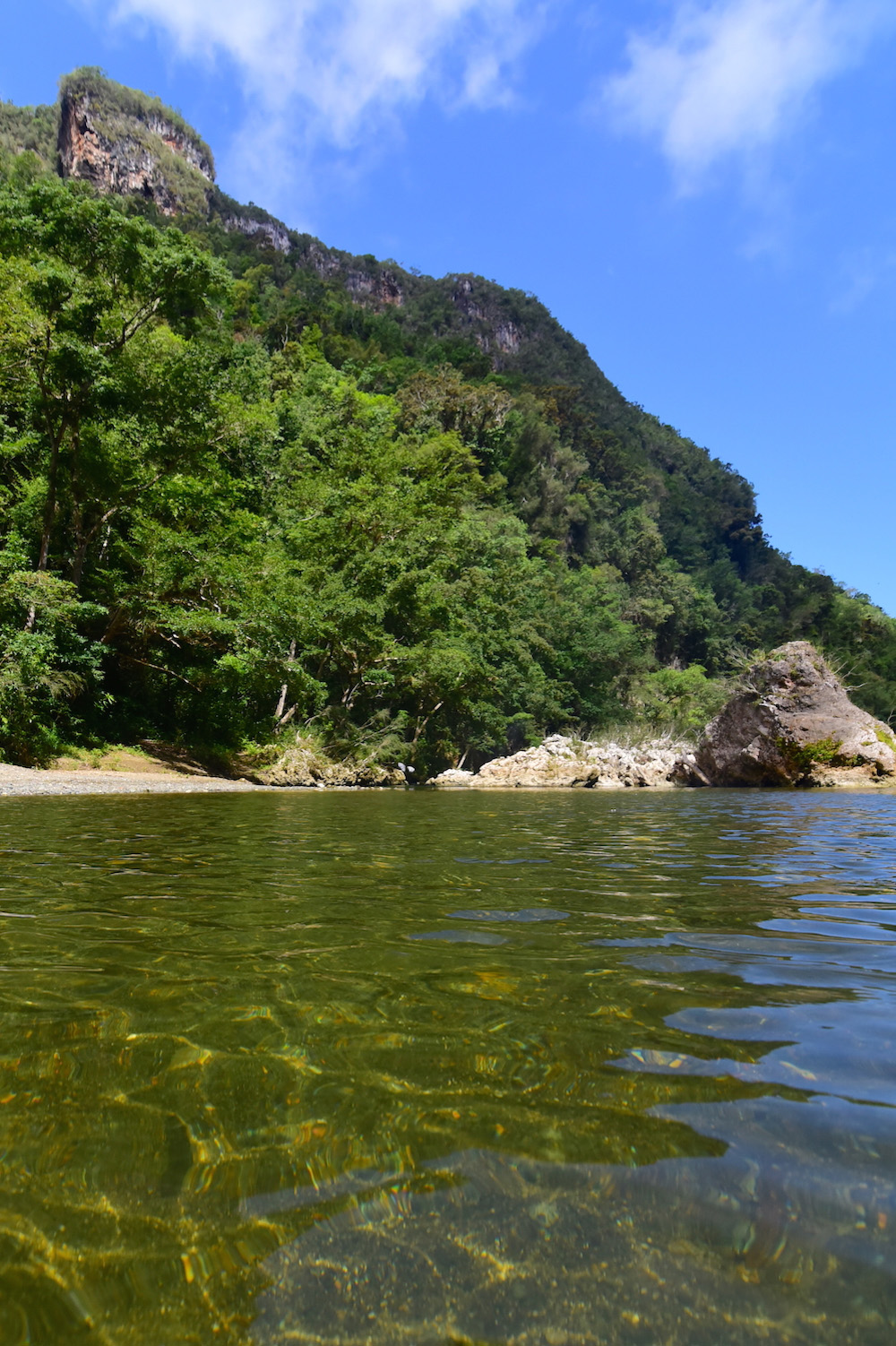
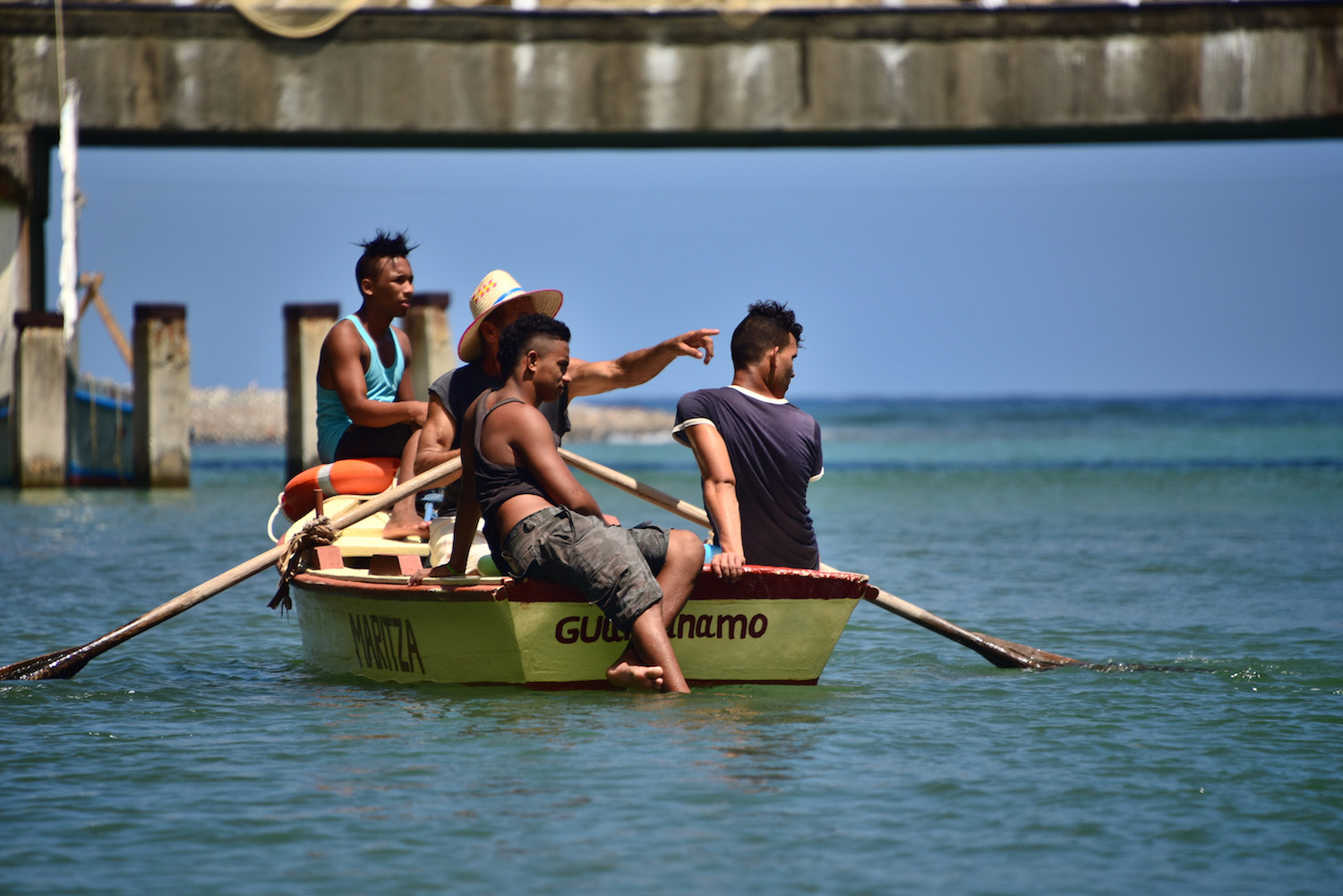
As Dora and I put our clothes on and followed Roberto back toward the car, I felt profoundly satisfied. I’d enjoyed a good swim and had not only hydrated with some coconut water, but had snacked on its tender meat – whatshisname had cut the fruit open once I finished drinking. It seemed almost too good to be true.
And it was.
After buttering me up with compliments about my horrid Spanish, the woman with the baby pivoted the conversation toward her. “Mañana es su compleaños,” she explained as she pointed to her son – I assume her was her son. “Pero no tengo dinero por un regalo, ni ropa, ni zapatos.”
You had money for a manicure, I rolled my eyes, taking note of her shiny, red nails.
I attempted to dissuade her from harassing us by conversing exclusively with Dora, and exclusively in English, but my indifference to her made-up plight was no match for her tenacity: By the time we got back to the car, we’d each been shamed into giving the woman five pesos.
(My donation of a pair of sunglasses to the muchachos, however, was voluntary, maybe ever selfish – I just wanted to see how cute they looked in them.)

By the time we arrived at sleepy Playa Manglito, which I might add had been the only destination we actually wanted to visit during our excursion to Boca de Yumuri, we’d come to the unfortunate realization that not even Pepino was innocent when it came to hustling.
Although he’d made us believe the guide fee for the excursion (which lasted no more than an hour) would be negligible, cunning Roberto had attempted to charge us 30 pesos for his time, and it was only by begging Pepino to intervene – and ignoring how angry we were knowing he was certainly in on the heist – that we were able to negotiate a fairer rate.
Not surprisingly, the haranguing continued the moment we sat down on the black, volcanic sand.
We purchased two coffees to get the women who first approached us off our backs (and I got a massage – it’s been nearly two weeks since I’ve felt the touch of another man), but when all was said and done, we enjoyed maybe five minutes completely alone at the beach – and that was only while we were far enough out in the water not to stand up anymore.
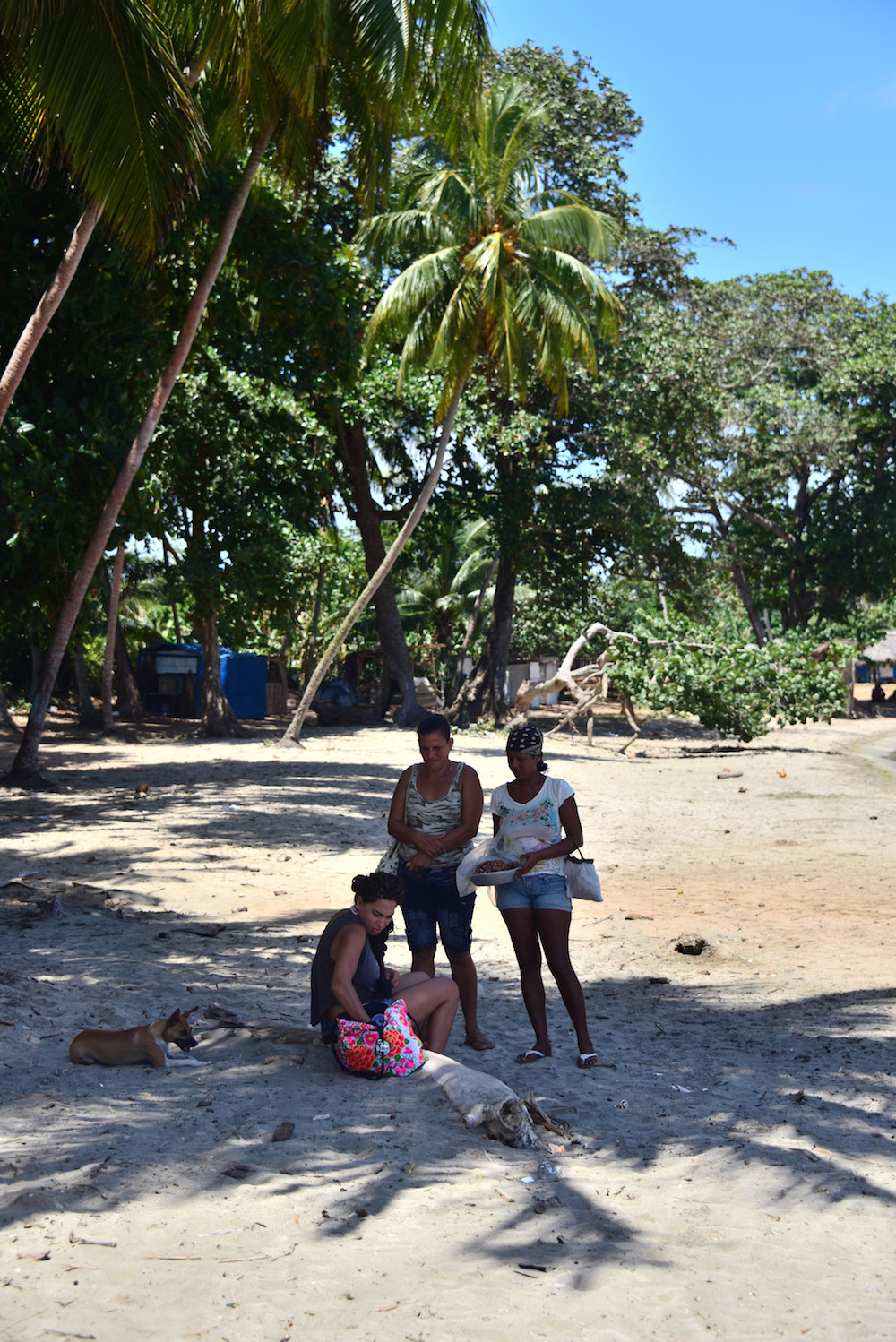
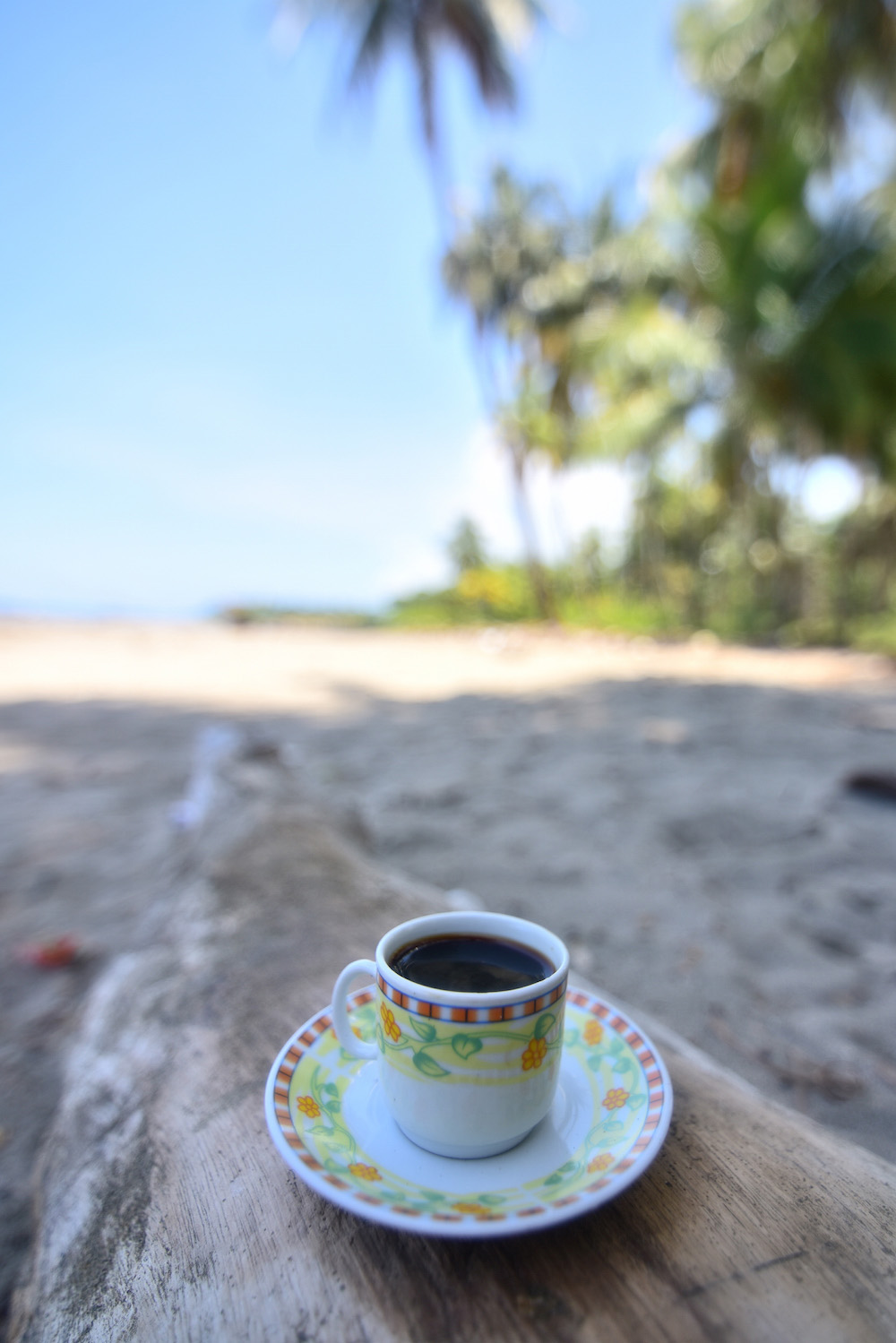

I don’t begrudge the people of Baracoa for wanting to make a living – I certainly admire their grind. I empathize with their circumstances, too: In this part of Cuba, where the economy centers largely around coffee and chocolate products, families need to earn enough to live all year during a three-month growing season.
While I echo my earlier sadness at the thought of what Baracoa (which is presently among the most unspoiled places I’ve ever visited, with the exception of perhaps Indonesia’s Raja Ampat) might become in the months and years following the arrival of Americans in Cuba en masse, I do know that the locals will welcome my fellow countrymen with open arms.
Baracoa might be the most remote part of Cuba, where Che Guevara’s memory blazes as brightly as the sun above it, but as Castro’s communism begins to crack, it seems to have the country’s clearest economic forecast: Capitalism, with a hundred-percent chance of success.
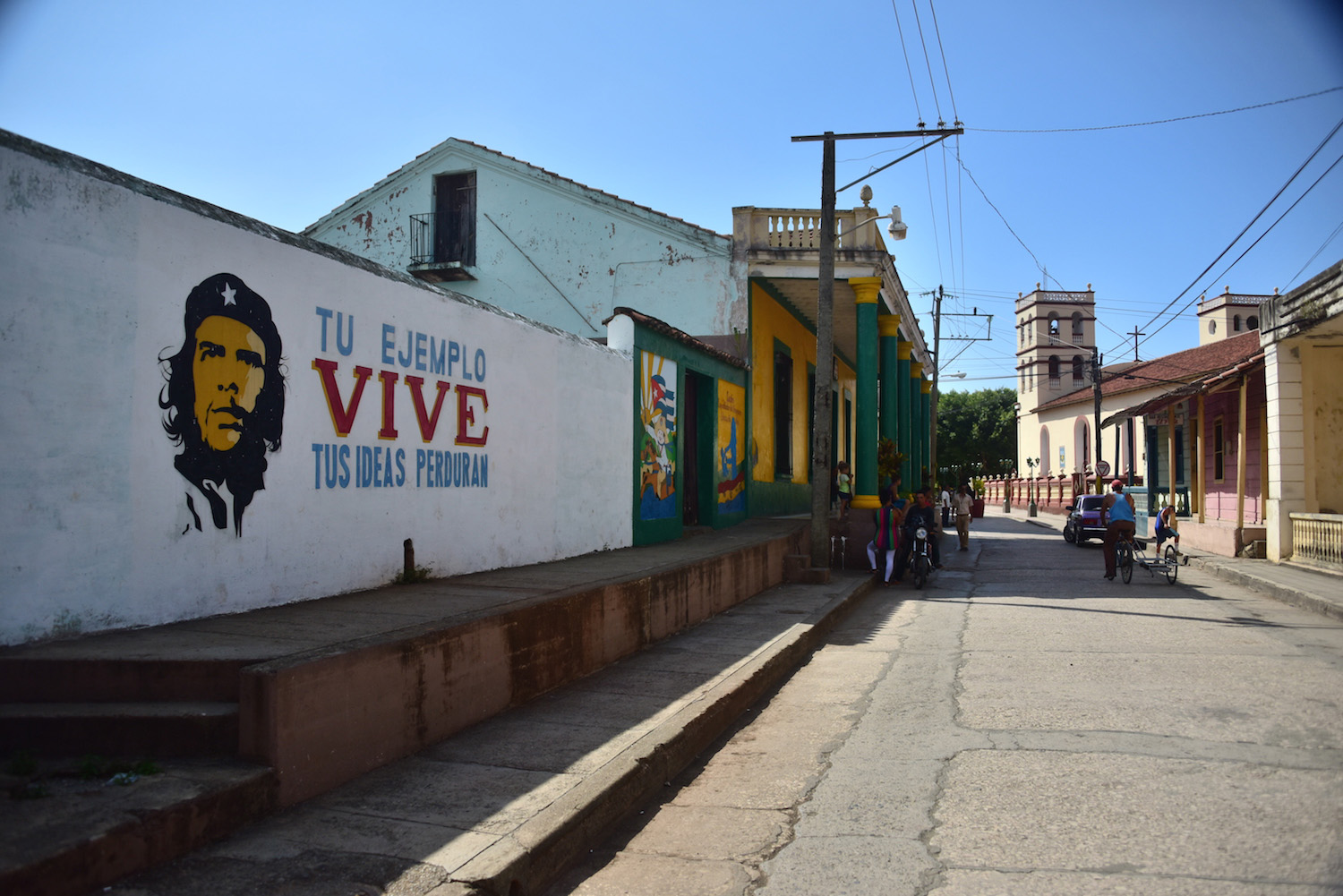
Other FAQ About Visiting Baracoa
Is Baracoa, Cuba worth visiting?
Baracoa is absolutely worth visiting, even if the journey is extremely long. In addition to being home to some of Cuba’s most gorgeous beaches, Baracoa has a totally different culture from the rest of the country; its relative isolation also makes it feel more exclusive, since so few tourists come here.
What is Baracoa known for?
Unfortunately, in recent years, Baracoa has become known for the hurricanes that seem to strike it with increasing regularity. Traditionally, Baracoa was known for producing a lot of cacao, and therefore with chocolate, which is never a bad item to have in your repute. It was also Cuba’s original capital and the first place settled on the island.
How do you get to Baracoa, Cuba?
You can technically fly from Havana to Baracoa, although flights aren’t in great supply and may be expensive or unavailable. The most common way to reach Baracoa is by bus, which from Havana usually entails at least one transfer, most typically in Santiago.



